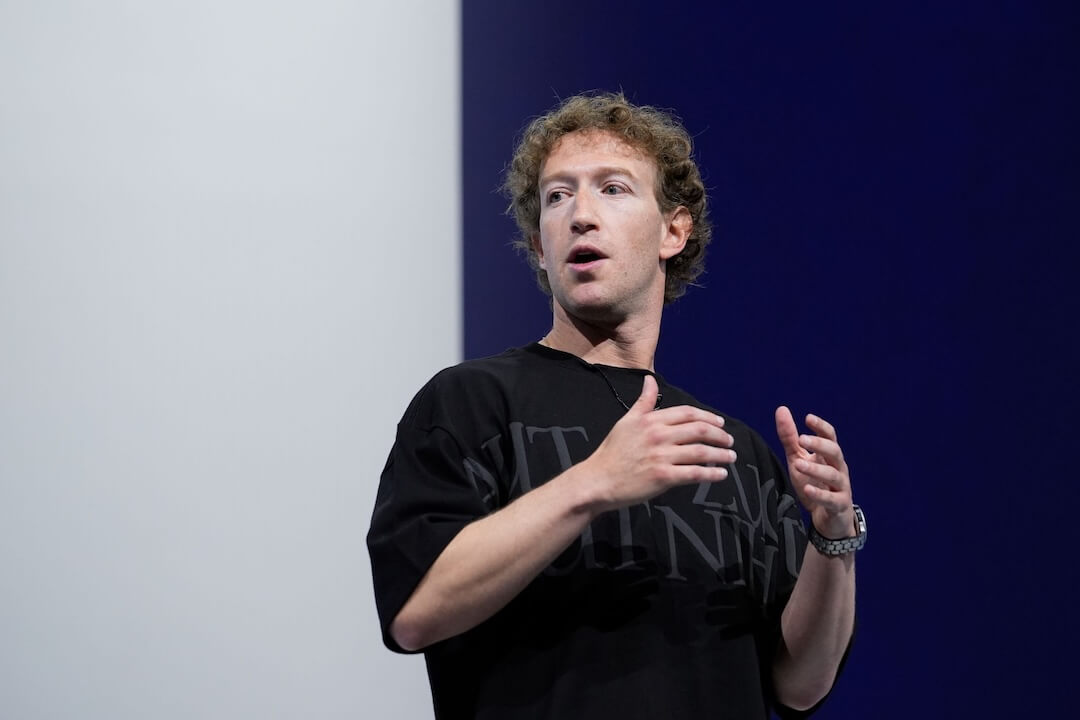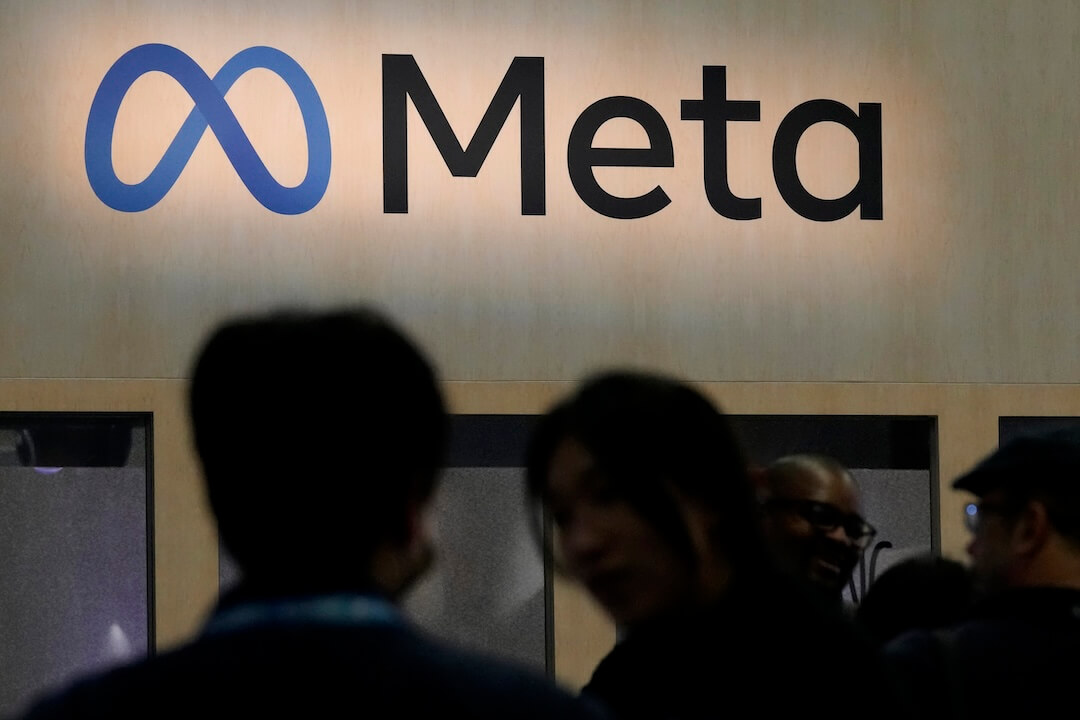Facebook crowdsourcing, one year later
When Mark Zuckerberg revealed last week that he was considering crowdsourcing as a way to combat misinformation on Facebook, journalists went on the defensive.
“You can’t apply an open-source model to fact-checking and journalism,” former Snopes managing editor Brooke Binkowski told The Guardian. “You have to have experts.”
“Some obvious problems present themselves with this approach,” Rob Price wrote for Business Insider.
The idea that Zuckerberg floated in a Facebook video —that asking people which outlets they trust could be a way to decrease the reach of false content on the platform — is rooted in the company’s fact-checking program.
Facebook partners with 40 fact-checking projects in more than 25 countries to identify and debunk misinformation on the platform, thereby decreasing its future reach, but Zuckerberg said that there just aren’t enough fact-checkers. (Disclosure: Being a signatory of the International Fact-Checking Network’s code of principles is a necessary condition for joining the project.)
Last week wasn’t the first time Facebook came under fire for proposing crowdsourcing as a misinformation solution. In January last year, the CEO also floated the idea in a Facebook post.
But the idea might not be as crazy as people are making it out to be.
In a study published in February last year, researchers David Rand and Gordon Pennycook found that Facebook users rate mainstream news sources as far more trustworthy than hyperpartisan or fake news sources. Nearly 2,000 participants were asked to rate 60 news sources into three categories: mainstream media, hyperpartisan websites and fake news sites.
Rand and Pennycook observed that every mainstream news source was labeled as more trustworthy than hyperpartisan or bogus news, with one exception. Those findings held across ideological lines — and the ratings of political moderates even correlated with the verdicts of fact-checking organizations.
“What we found is that, while there are real disagreements among Democrats and Republicans concerning mainstream news outlets, basically everybody — Democrats, Republicans and professional fact-checkers — agree that the fake and hyperpartisan sites are not to be trusted,” said Rand, an associate professor at the Massachusetts Institute of Technology, in a press release at the end of January.
That paints a pretty rosy picture of Zuckerberg’s proposal — and it wasn’t very widely covered at the time. But, as Laura Hazard Owen noted for Nieman Lab last year, there are other considerations at play here.
How would Facebook actually use signals from readers to demote hyperpartisan and fake news content? Would the reach of the most trusted sites be prioritized over those that are less trusted, but still in the mainstream? Would people only rate news sources if they had a motivated reason to do so? And how would Facebook collect and store data about users’ ratings?
Those are the questions journalists should be asking about crowdsourcing credibility on Facebook — not whether or not it’s ludicrous on its face. Because, for now, academia shows that the idea should be at the very least considered.
“If the goal is to remove really bad content, this actually seems quite promising,” Rand said.

… technology
- The talk of the verification world this week was around Casey Newton’s piece in The Verge, profiling the teams at Cognizant, the Facebook content monitoring contractor. You should read it, but here’s just a nugget: “One auditor walks the floor promoting the idea that the Earth is flat.”
- Add Telegram to the list of platforms enabling the spread of misinformation in India. Quartz reported that the encrypted messaging app has facilitated the spread of political misinformation through forwarded memes and stories. Earlier last year, decontextualized videos of the Iran protests also spread on the app, which has millions of users worldwide.
- Pinterest’s decision to block search results related to vaccinations was generally well received. But in Toronto, anti-vaxxers are putting up billboards.
… politics
- Storyful reported that a false claim that U.S. Sen. Kamala Harris (D-Calif.) colluded with Jussie Smollett, an actor on the American TV show “Empire,” to fabricate Smollett’s alleged attack in Chicago last week. The false claim originated on fringe social media networks like 4chan and Gab, then spread to platforms like Twitter and Facebook, where it got tens of thousands of engagements.
- Also in the U.S., top Democratic leaders are trying to get 2020 presidential candidates to promise that they won’t use disinformation tactics against their opponents. The agreement would essentially be a non-aggression pact, Politico reported.
- In India, fact-checking project Factly published a report on strategies for combating misinformation in the country. Researchers conducted a web survey to learn how citizens consume misinformation online, interviews with a variety of different stakeholders and issued recommendations for several industries.
… the future of news
- Could revenue from a carbon tax-like levy on online advertising be used to fund civic-oriented journalism? The advocacy group Free Press think so. Here’s its report, called “Beyond Fixing Facebook,” released this week.
- Last week we highlighted technology that lets you see an endless stream of fake faces. Here’s technology that lets you fake a new voice.
- Witness’ Sam Gregory wrote about how to combat deepfake videos in the future. Two important pieces: More anti-misinformation collaboration between media outlets and improved tools for detection and correction.

Each week, we analyze five of the top-performing fact checks on Facebook to see how their reach compares to the hoaxes they debunked. Here are this week’s numbers.
- Factcheck.org: “Meme Spreads Misinformation on Medicare” (Fact: 7.8K engagements // Fake: 510.9K engagements)
- Boom Live: “Video Game Clip Goes Viral As IAF Airstrikes At Jaish Camp” (Fact: 7.6K engagements // Fake: 12.1K engagements)
- Chequeado: “It is false that pricking a person’s fingers and ears during a stroke can save his life” (Fact: 3.7K engagements // Fake: 524.9K engagements)
- PolitiFact: “No, Bernie Sanders didn’t toss eggs at civil rights protesters” (Fact: 483 engagements // Fake: 2.1K engagements)
- Agence France-Presse: “No, the polio vaccine did not cause cancer in millions of Americans” (Fact: 207 engagements // Fake: 1.9K engagements)

Factcheck.org had two nerdy-but-important fact checks in the past week that took the air out of some hyperbole the president commonly uses to justify his policy stances: one on the trade deficit and one on the U.S. budget deficit.
In the first, Factcheck.org’s Robert Farley explained why the president should not be able to get away with his recent casual suggestion that “deficits seem to be coming down.” Farley walks the reader through the reasons that a monthly snapshot of the deficit can be misleading, especially in December. Second, Lori Robertson explained how Trump once again has exaggerated the trade deficit by apparently using only the figure that applies to goods, excluding services. As Robertson explains, a true balance-of-trade picture generally includes both.
What we liked: These fact-checks are not sexy but they have the virtue of setting the record straight on a couple of economic statistics — and explaining why the president is using the misleading figures in the first place. The first is a way to justify policies, like his tax cut, that add to the deficit. The second is to justify his tariffs on imports, which have encountered some resistance on Capitol Hill.

- Conspiracy theorist Jacob Wohl was suspended from Twitter this week.
- Netflix has pulled (extracted?) from its lineup a documentary claiming that root canals cause cancer and other diseases.
- A recurring hoax about a YouTube channel that encourages children to commit suicide has gone viral again on Facebook.
- Within hours after Pakistan said it had shot down two Indian warplanes in its airspace, posts on social and mainstream media posted old pictures purporting to show the aircraft. The Hindu supplied a fact check.
- Rappler CEO Maria Ressa blamed her recent arrest on trumped-up “cyber libel” charges on Facebook, which she says failed to remove fake accounts that called for violence against her.
- “K-pop fans are very good at making hoaxes about lesbian billionaires go viral” is a real tweet from BuzzFeed News’ Craig Silverman linking to a very good story.
- The U.S. Federal Trade Commision is cracking down on fake online reviews.
- In Indonesia, where election watchdogs have reported a spike in fake news during the presidential campaign, the head of the president’s re-election bid said supporters should not be complacent about his lead in opinion polls, Reuters reported.
- Mediawise is looking for teen fact-checkers to help it debunk misinformation on Instagram.
- Since our last newsletter: Don’t miss Daniel’s piece on Tsek.ph, a collaborative fact-checking effort in the Philippines.
That’s it for this week. Send feedback or ideas to us at factchecknet@poynter.org. And if this email was forwarded to you, you can sign up here.







